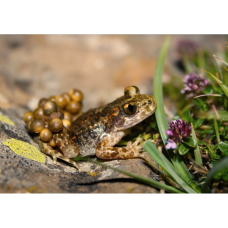Hans Schrieke, Doctorant à l’INRAE, MIVEGEC, CNRS, IRD, Université de Montpellier, France

bandeau ISYEB

bandeau ISYEB
Hans Schrieke nous présentera ses travaux sur l’écogénomique du microbiote intestinal chez le moustique.
Current global changes are supporting the proliferation of mosquitoes, which represent a threat to global health. In response to the absence of vaccines and the emergence of insecticide resistance, new biocontrol methods have been developed. Some of them are based on the use of bacteria (the endosymbiotic bacteria Wolbachia for example) that play an important role in the key functions of their host (development, reproduction, nutrition, etc.) and can interfere with the transmission of pathogens (such as dengue or Zika in Aedes). However, the mosquito microbiota is often dominated by a symbiont (Wolbachia in Culex, Asaia in Aedes), making difficult to detect rare but potentially important taxa. Most studies of high-throughput sequencing marker genes datasets use clustering methods based on an arbitrary similarity threshold of 97 or 98%, which could omit the presence of very closely related variants. I will present our results about the study of bacterial community diversity in individual mosquitoes. We amplified the V3-V4 region of the 16S rRNA gene (metabarcoding) and used supervised (MED) / unsupervised (Oligotyping) methods based on Shannon entropy to discriminate DNA sequences. This study highlighted the presence of new bacterial variants in different taxa within single individuals. Most of these variants are very similar, sometimes differing by only one nucleotide, rare and specific to some habitats.



